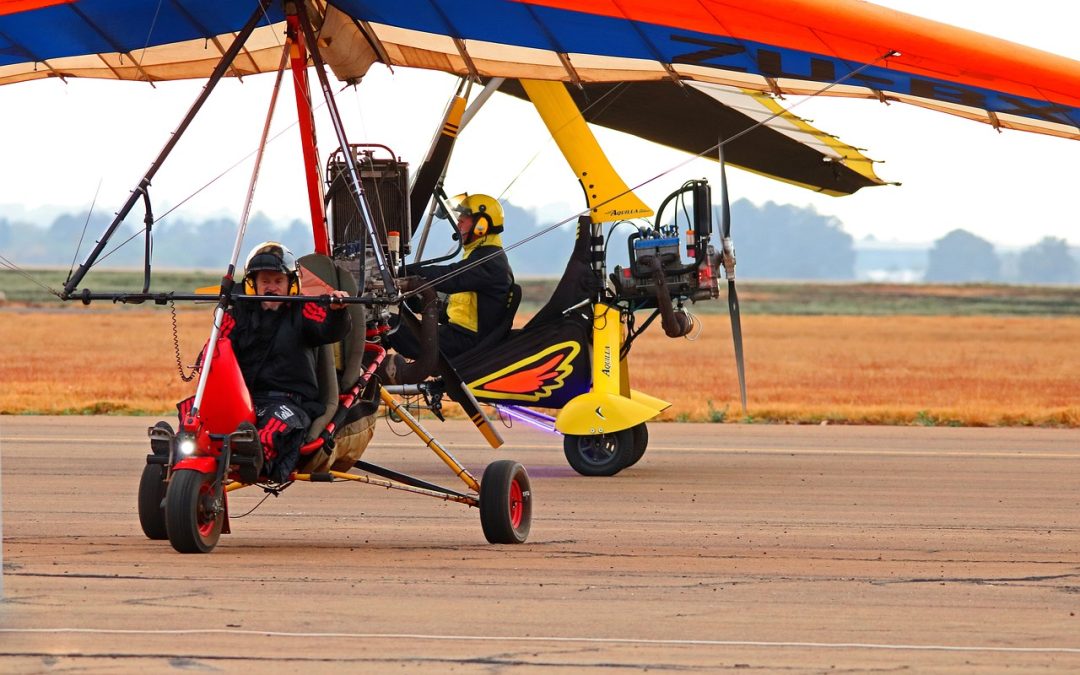A microlight is a lightweight fixed-wing aircraft. It can be either a Light Sport Microlight (LSM) or a conventional three-axis airplane. Some countries refer to these aircraft as “microlights” while others call them “light aircraft.” These aircraft are generally considered to be safe and easy to fly, and many people who have tried them out are highly satisfied with the performance they achieve.
Light Sport Microlights (LSM)
Light Sport Microlights are aircraft designed for recreational flyers that are less than 600 kilograms. They have folding wings, making them easier to park and store. They can also be transported easily on a trailer and stored in a garage. Many microlights cost less than luxury sedans in India, though they can exceed the price of an S-Class Mercedes.
The BMAA is dedicated to the development of Light Sport Microlights and has been working hand in hand with new suppliers to help them understand the UK market and ensure they receive the best support. Light Sport Microlights are subject to the same rules as traditional gliders, such as CAP 2163.
Fixed-wing microlights
Microlights are a great way to enjoy aerial adventures on a budget. They offer exceptional performance and a high safety record, which makes them an affordable option for most pilots. Some even offer modified controls for pilots with disabilities. A fixed-wing microlight is relatively easy to fly and the weight limit is set to increase to 600kg in 2021.
Microlights have a range of up to 800 miles and can fly at speeds of 110 knots. They can fly at night and can cover distances of up to 800 miles. Although they are small, they are relatively expensive, costing around PS75,000 to purchase outright and requiring hangarage and unleaded petrol.
ParaTrikes (Powered Parachutes)
Microlight ParaTrikes (Powered ParachuTES) are a good choice for pilots who are looking to reduce weight while flying. Pilots can climb into a harness, and paratrikes do not require heavy breathing or sweating. They also require less training and smaller skill sets. Unlike paramotors, paratrikes do not require reverse launching or foot launch skills.
These ultralight vehicles are made to accommodate a single pilot. They are primarily intended for recreational flying and recreational use. These aircraft are typically lightweight, under 100 pounds, and have a motor between one and three hundred cubic centimeters (cc). The motors can be foot launched, and the size of the canopy can range from under 200 square feet for solo flights to more than 400 square feet for tandem flight.
Difference between a microlight and a light aircraft
There are two main types of aircraft available on the market today: microlights and light aircraft. Microlights are much smaller and lighter than light aircraft, and are typically used by recreational pilots. Light aircraft are often used to train pilots for a private or commercial pilot license, and are easier to fly than conventional aircraft. This makes them a great option for those who are just beginning their aviation journey and are on a budget.
Microlight aircraft are not upgradeable. For example, a 450-kg microlight can’t be upgraded to a 600-kilogram aircraft. Similarly, a microlight with a 150-kg payload is underpowered if you want to fly with more than two people. These differences will affect the aircraft’s cg.
Cost of a microlight licence
The cost of a microlight licence is surprisingly affordable compared to flying a conventional aircraft. Typically, the cost of training will range from PS5000 to PS6000. You can choose to take a full-time course or spread out the lessons over several weeks. The basic structure of the course starts with flight theory and includes flight instruction in tandem with another student. After completing 10 hours of dual instruction, you will be ready to try solo flights. To become a solo microlight pilot, you will need to gain at least a further 10 hours of unsupervised flight time.
Microlight flying in India is governed by the Directorate General of Civil Aviation (DGCA). Before you can fly microlights, you must get a PL(M) license. This licence requires 40 hours of flying and you must pass three multiple-choice tests. You will also need to undergo a medical examination and police verification.
